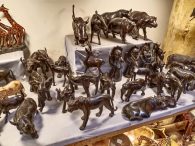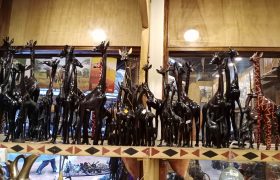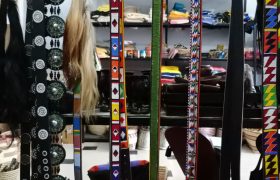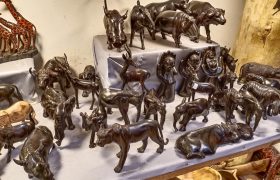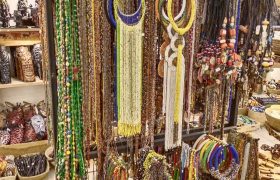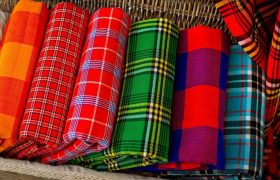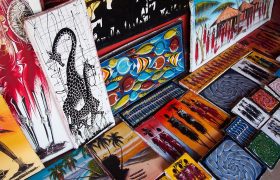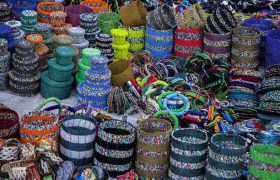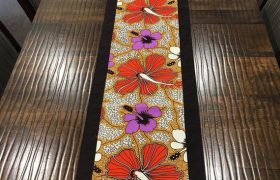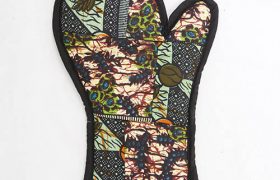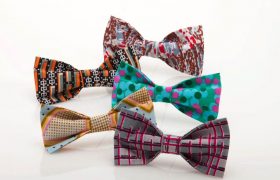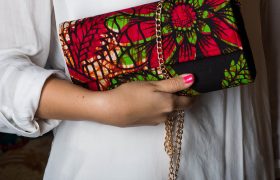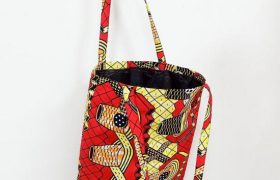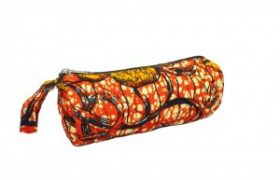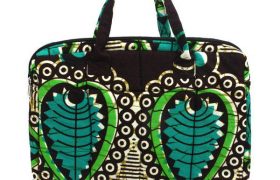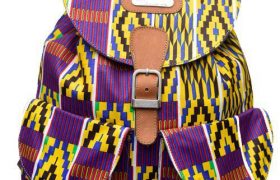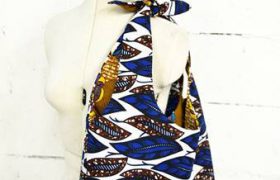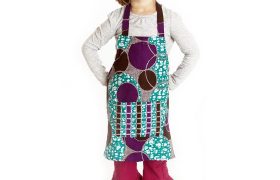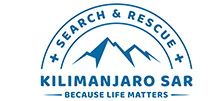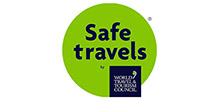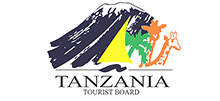Naturally, travellers tend to form a connection with the places they’ve journeyed to, and it’s often not easy having to leave an amazing experience behind. You are certainly going to have so much fun and lots of adventures, unforgettable moments and memories captured on your camera during your Tanzania safari. But wait! What about your loved ones back home? Well, they are probably eagerly waiting for you and your surprises.
If you visit Tanzania, you might find it hard to go back home after you’ve had a marvelous time at a secluded lodge, enjoying the Tanzania sun, white sand beaches, sights, wildlife and people’s hospitality. But beyond the Tanzania Safari, it is also a country of art and culture. Together, we promote responsible tourism by empowering the local artisans and vendors.
Bright, colourful, blowing in the wind. Kanga & Kitenge are traditional cotton cloths representing the Swahili culture in East Africa. The material used to make both khangas and kitenges is 100% cotton. Kangas, unlike Kitenge have existed in East Africa since the 19th century. For years, the multitude of designs, symbols, shapes and colors have been adopted and incorporated to give both kitenge and Kanga a modern look and style. Traditionally, these textiles are mostly worn by women at home, at funerals and other social gatherings. But today you can spot it almost everywhere. Wheather at Home, restaurants or hotels local designers have taken it to the next level. It is no longer on cloth lines alone, these textiles are visible on things like Table mats, cushion covers, bags, shoes, purses, aprons, masks etc. Kanga & Kitenge are popular souvenirs for Tanzania Safari. Let’s hear from you today. Karibu Tanzania!



